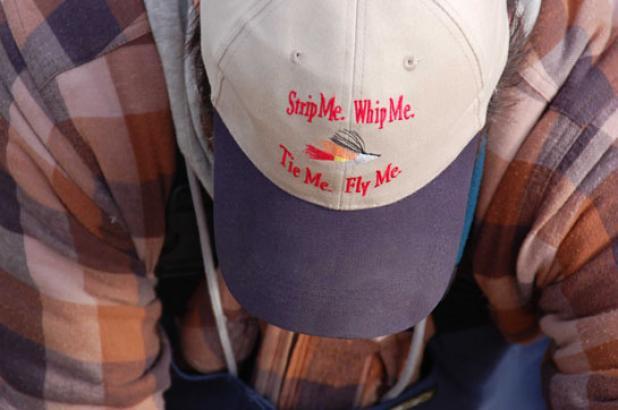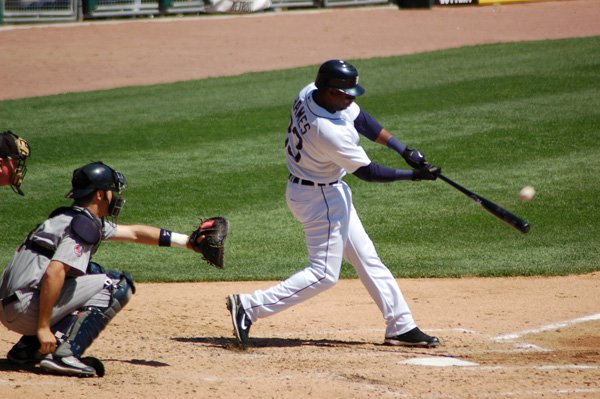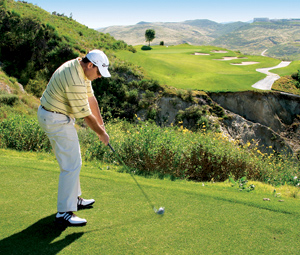Downhill Ski Poles: The Importance Of Height
I took skiing lessons for six years, from the age of eleven until I was seventeen. During that time, some of my instructors were more memorable than others, but the one I will never forget was Stephan. The man was about 6'4" with shoulders so broad they were appeared to stick straight out from his neck. When he skied, his skis were so close together that his body formed a perfect triangle. Needless to say, he was a very skilled athlete and an excellent teacher, but one of his methods for teaching (or torturing) his advanced students was to force us to ski down the hill on one ski WITHOUT poles. If you've never attempted it, skiing on one ski is difficult, but if you add a no poles scenario to the equation, it becomes darn near impossible. Of course, the point of the exercise was to teach us balance, but for me, the unintentional upshot was an increased appreciation for my ski poles.
Most modern ski poles, as with most ski gear, fall into two categories: those intended for cross-country skiing and those intended for downhill. Although it is possible to use poles intended for one application in the other, I would not recommend it. Ski poles, while they appear simple in design, are specially designed to best aid the skier in specific situations.
For those of you who have never gone downhill skiing, first of all, you should. Second of all, when you do, you should make sure you get properly sized ski poles. When watching the speed skiers on the Olympics, it may not seem as though poles really serve much purpose. This, however, is not the case. Proper downhill skiing technique involves (among other things) carving turns into the snow with the edges of the skis. When the skier reaches the apex of the turn, he or she plants the inside pole and turns towards it, beginning a turn in the other direction.
The act of planting the pole may seem purely cosmetic, and in the case of an amateur skier it usually is. However, a well-planted pole can also go a long way towards establishing a good turning rhythm for an average or advanced skier. Consequentially, if the pole is too long or too short, the skier will find the act of planting it awkward and the rhythm will be thrown off. Additionally, a pole that is too short will result in an overly flexed stance, throwing the weight forward and increasing the risk of a fall.
There is a fairly simple method to determine if a downhill ski pole is the correct height. Turn the ski pole upside down, place the grip on the floor, and grasp the pole just below the basket (the found part at the bottom of the pole). Place your body, including your arms, in a skiing stance and put the grip in front of your feet. Ideally, the ski pole should force your arm to create a 90 degree angle. If it does, great. If not, try again until you find the right poles.
2009 European Ski Holidays - Austria
Ski Bindings: Different Strokes For Different Ski Styles


